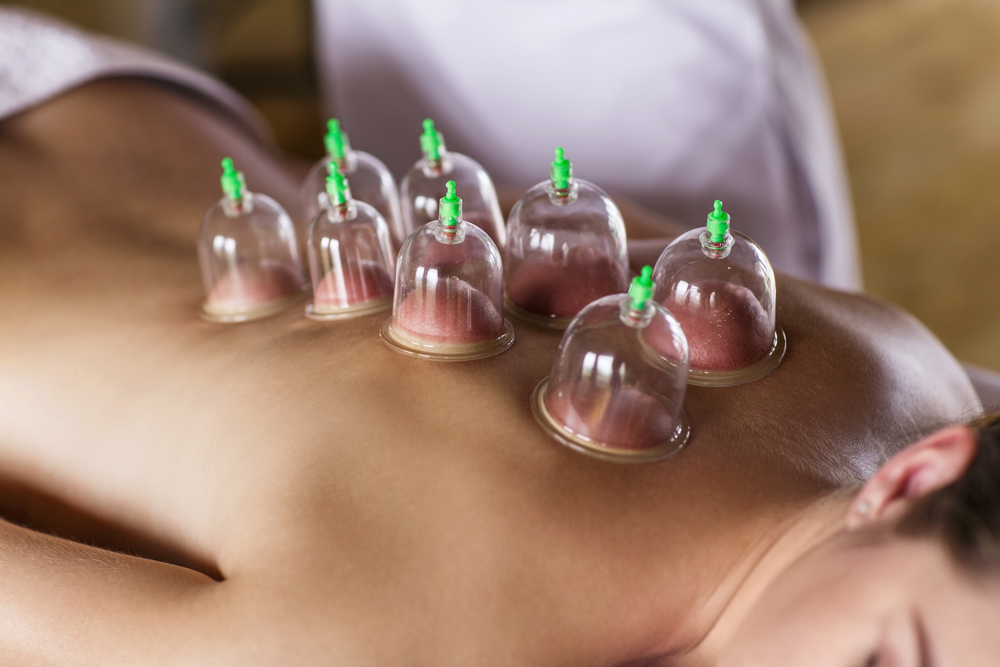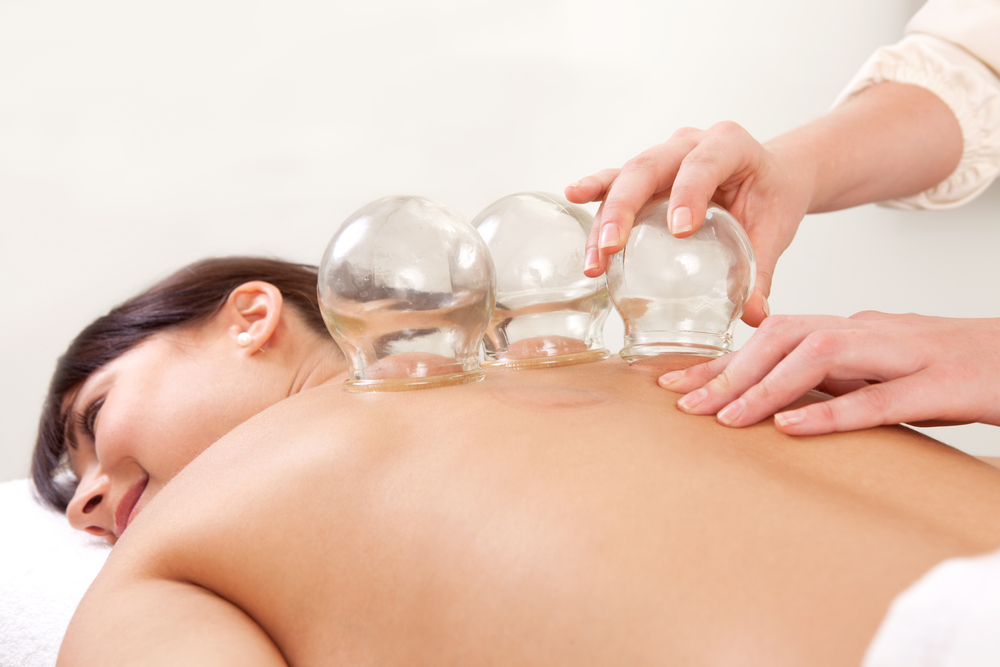Menu
- SITCM Overview
- Prospective Students
- Current Students
- Alumni
- Teaching Clinic
There is a famous Chinese saying: “Acupuncture and cupping, more than half the ills cured.” The wealth of knowledge within traditional Chinese medicine has been valued in China for millennia and has recently gained global popularity with celebrities like Jennifer Aniston and Michael Phelps drawing attention to its benefits.
Cupping is an especially pleasant experience and has been documented in many books that go back to 300 AD. There are even records that are three thousand years old which recommended cupping for the treatment of pulmonary tuberculosis, based on the belief that illnesses can be sucked out of the body.
Cupping is one of the many therapies that is taught at SITCM as part of the different courses and degrees offered. It is also one of the treatments offered at our teaching clinic in Sydney due to the benefits for the human body.

What Is Chinese Cupping? What Does it Do for You?
Cupping refers to the technique that uses small glass cups as suction devices that are placed on the skin to relieve stagnation and congestion by drawing congested blood or energy to the surface.
DRY VS WET CUPPING
There are two techniques for cupping: dry and wet. In dry cupping, the therapist will simply place the suction cups on the skin, while in wet cupping, the practitioner will make a small incision on the skin and then apply the suction cup to draw out small amounts of blood.
SUCTION TECHNIQUE
There is more than one way to induce suction in the cups, such as swabbing rubbing alcohol onto the bottom of the cup, then lighting it and putting the cup immediately against the skin. Another way is to place an inverted cup over a small flame, or by using an alcohol-soaked cotton pad over an insulating material (like leather) to protect the skin, then lighting the pad and placing an empty cup over the flame to extinguish it.
There is a technique called “gliding cupping” which refers to cupping where the cups are gently moved across the skin – which could include the application of massage oils to facilitate the process.
CUPPING VS MASSAGE
In a way, cupping is the opposite technique of massage: massage involves applying downward pressure to muscles where cupping uses gentle pressure to pull them upward.

What Are the Side Effects of Cupping?
Cupping triggers a release of toxins that creates marks on the skin. These marks disappear within 10 days of treatment.
Rare side effects of cupping include mild discomfort, skin infection, or burns. However, a trained Chinese Medicine practitioner will know exactly what steps to follow to minimise the chances of these side effects.
What is Cupping Used For?
Pain could be a result of stagnation or congestion, so if we remove these we can eliminate or relieve the pain by restoring the body’s natural flow of energy.
Cupping is used to relieve back and neck pains, stiff muscles, anxiety, fatigue, migraines, rheumatism, and even cellulite. It can also clear congestion from a common cold or help to control a person’s asthma. Cupping can also be beneficial for the digestive system as it could improve metabolism and relieve constipation.
If you would like to schedule a Chinese cupping session, book an appointment at our clinic today.